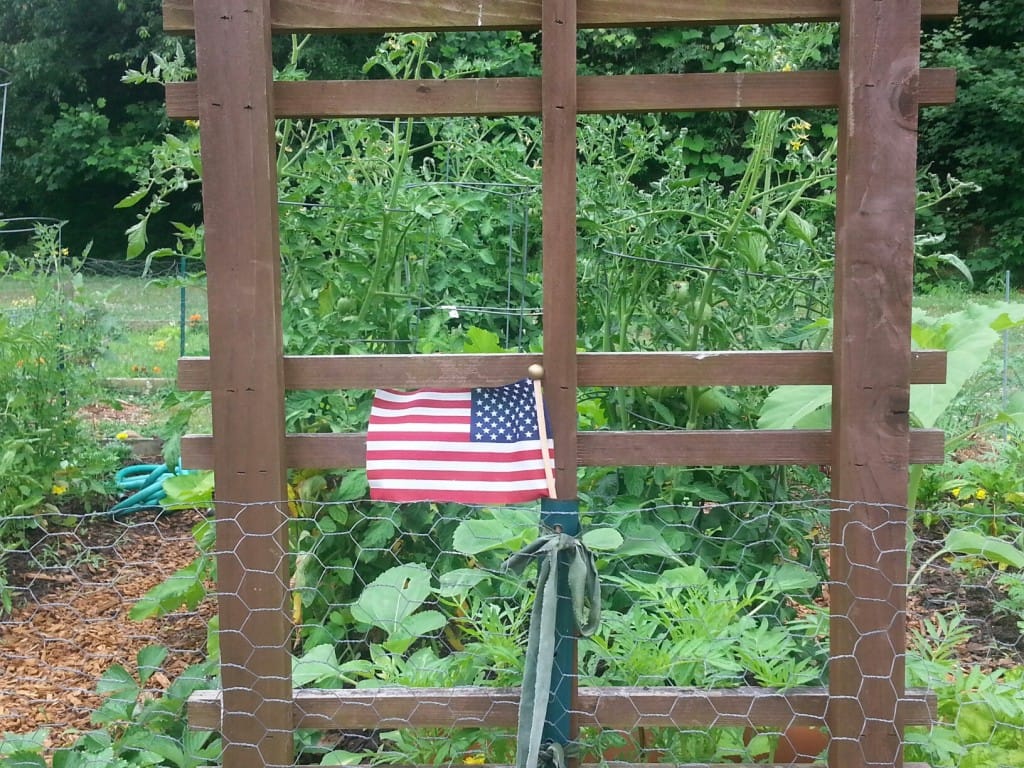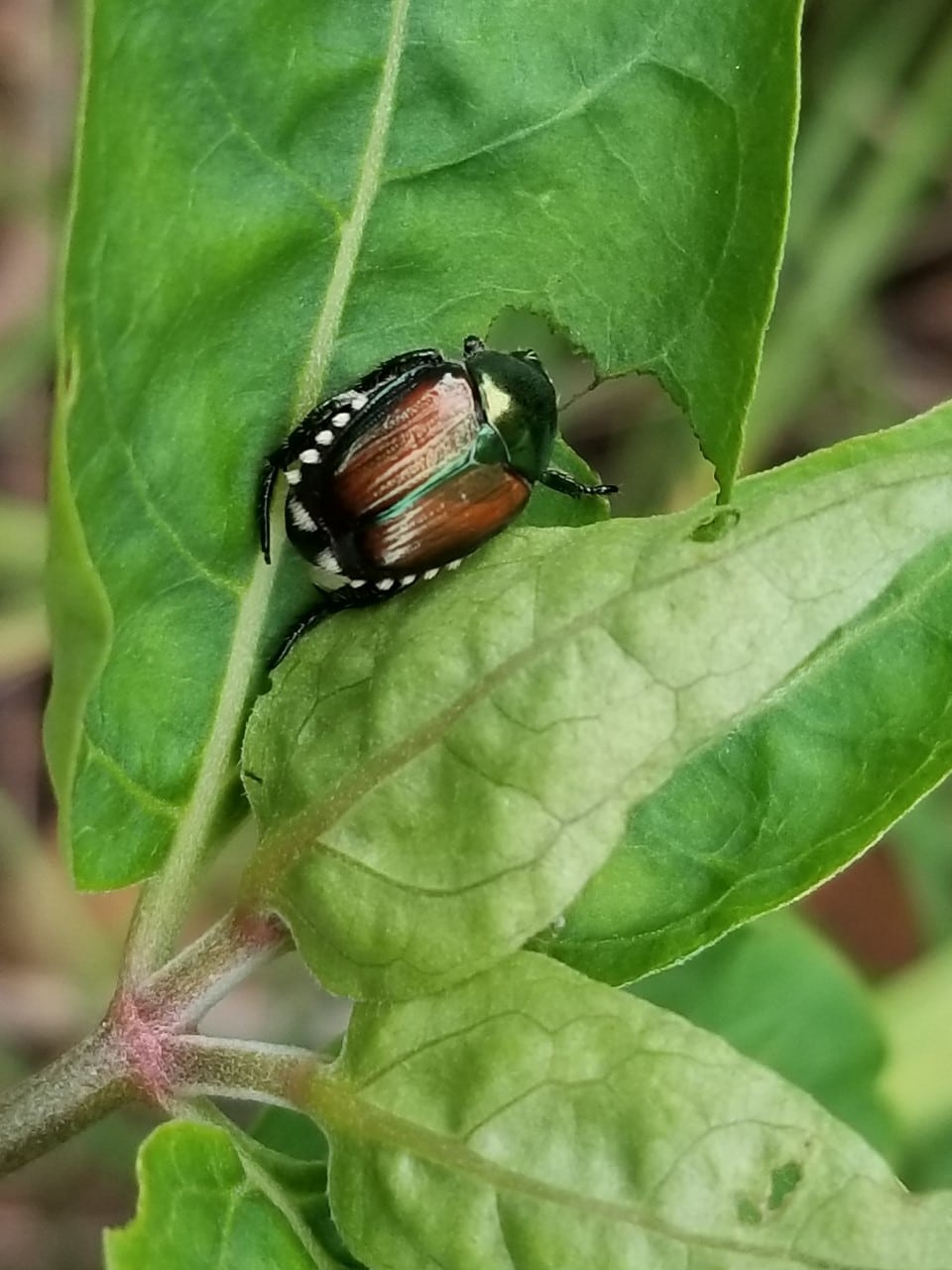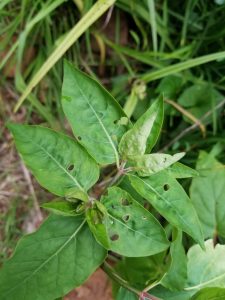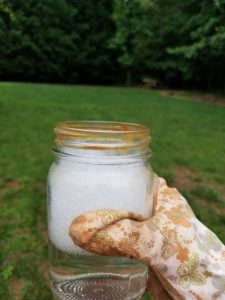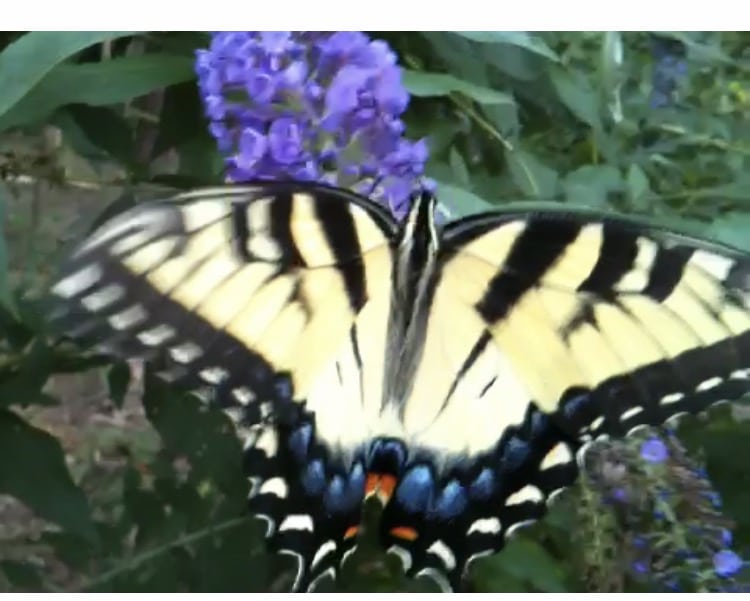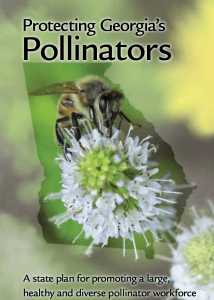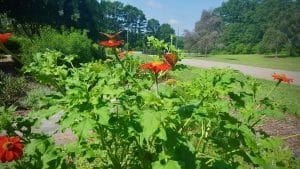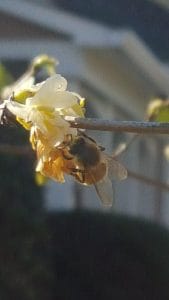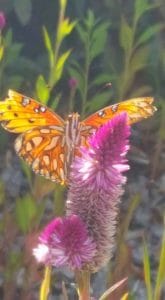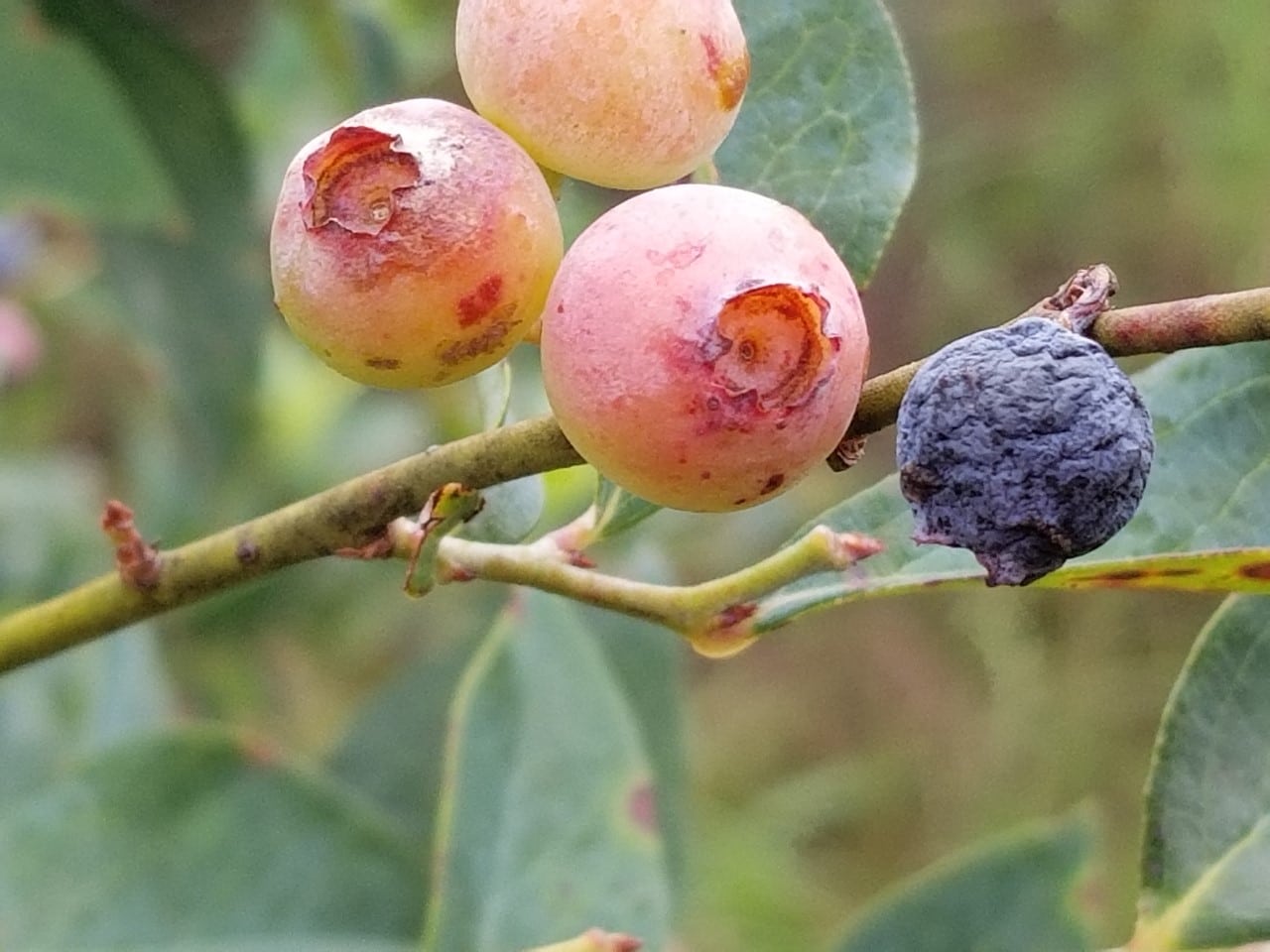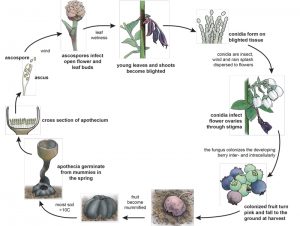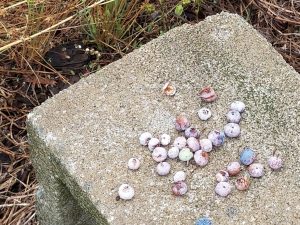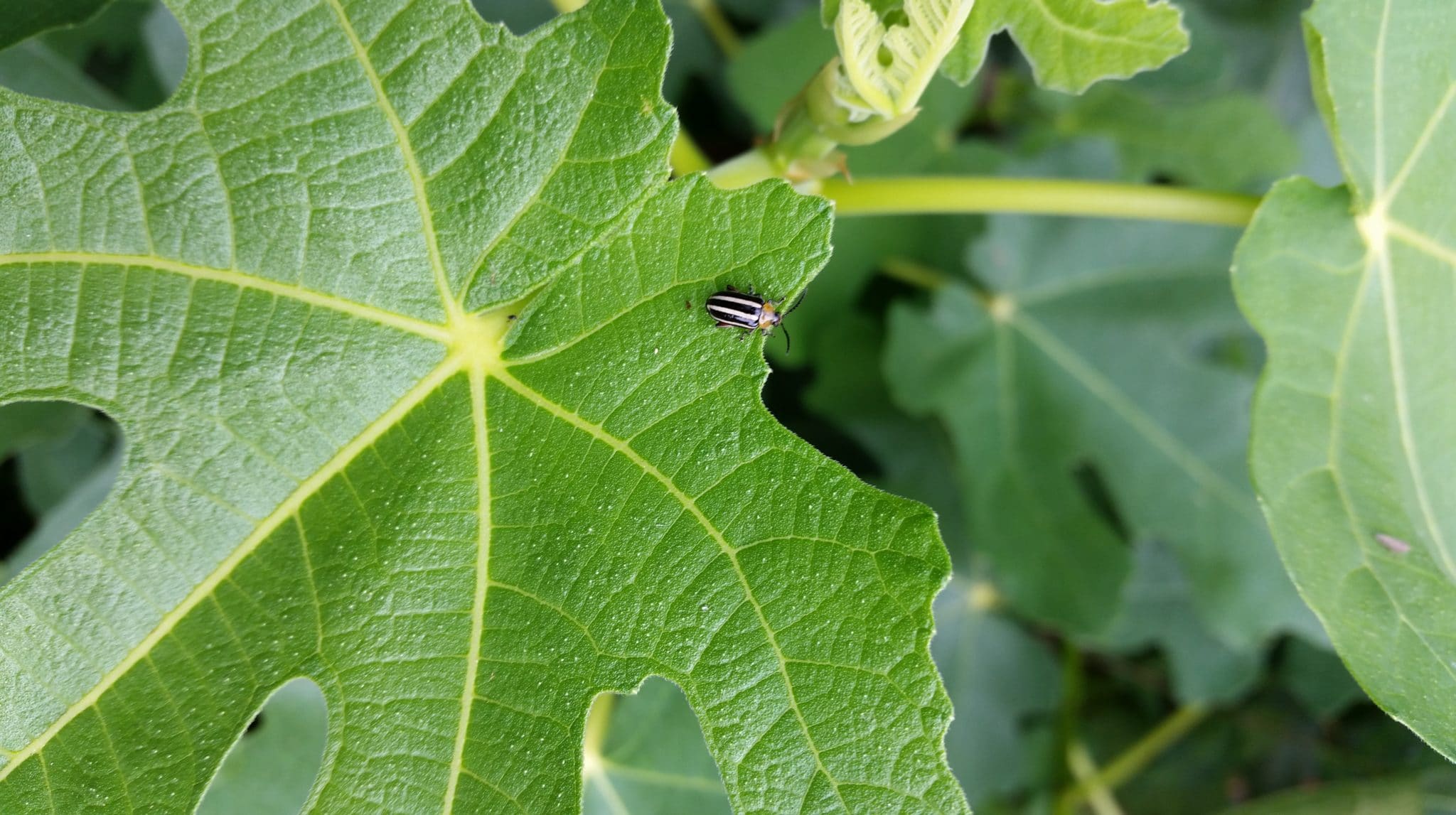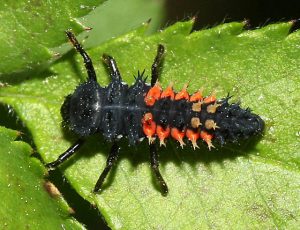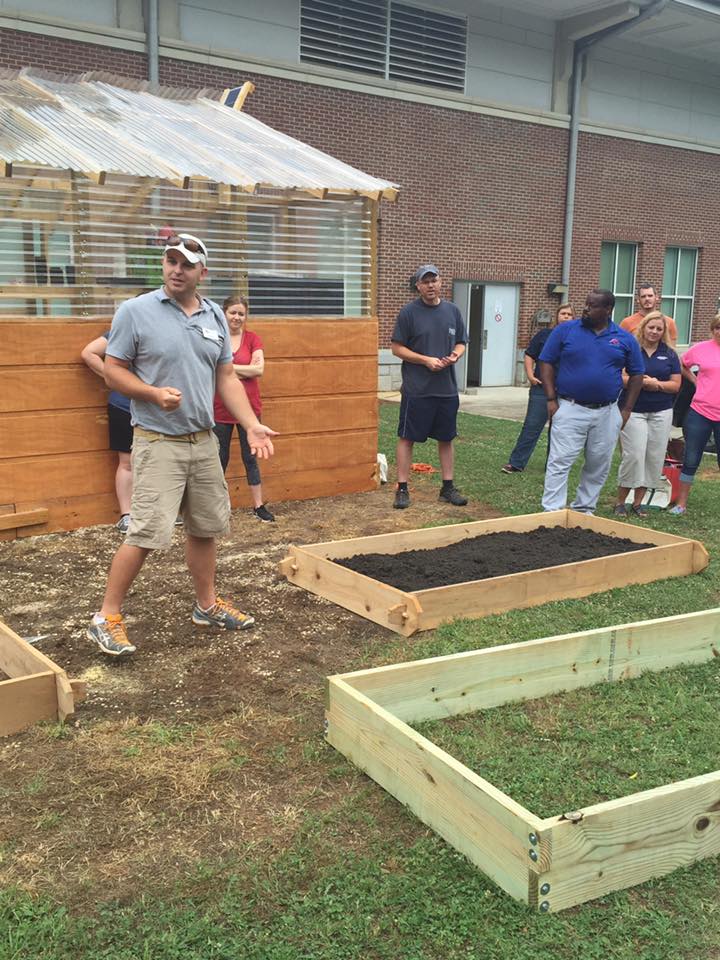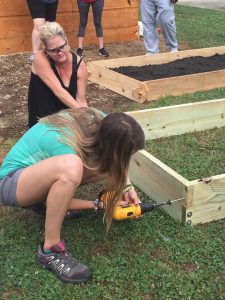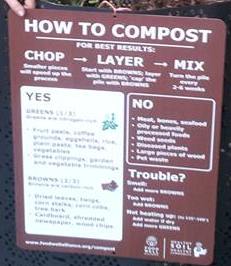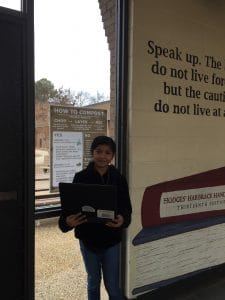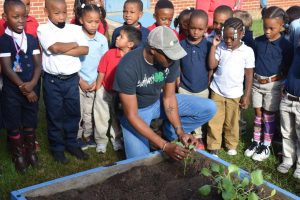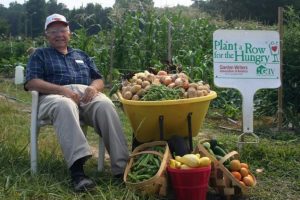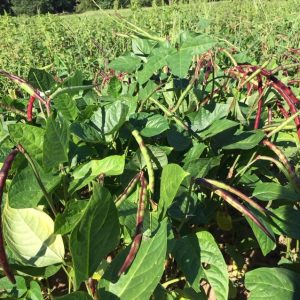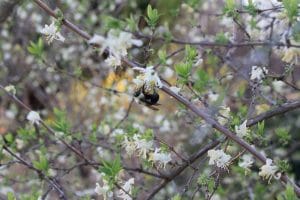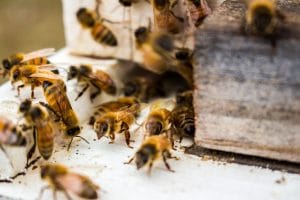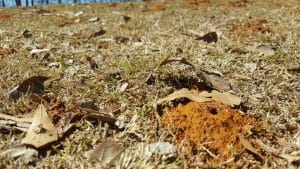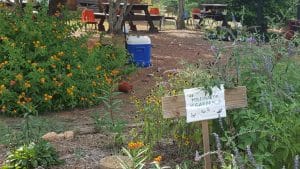In honor of our nation’s birthday, we are looking at some vegetables that our founding fathers, and mothers, may have grown. Take notes so you can include these as you plan your future garden plots. You will have a history lesson in the garden!
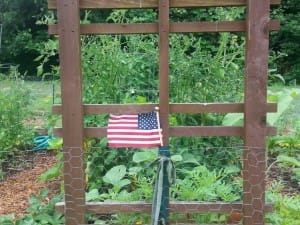
Tennis Ball Lettuce was one of Thomas Jefferson’s favorite lettuce varieties. He said “it does not require so much care and attention” as other types. The seeds were first sold in the United States in the late 18th century. During the 17th and 18th
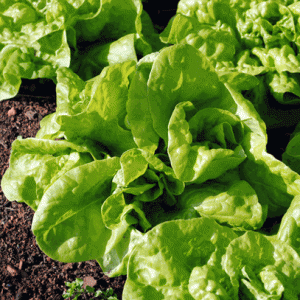
centuries it was common for gardeners to pickle the lettuce in salt brine. It is a parent of our current butterhead lettuces having light green leaves which form a small loose head. In our area sow seeds early in the spring.
Yellow Arikara Beans have a very interesting history. They were named for the Dakota Arikara tribe that Lewis and Clark met while traveling on their “Voyage of Discovery.” They were selected by Native Americans for use in the short growing season of the Northern Plains. Lewis and Clark sent some bean samples back east and they were enjoyed by Thomas Jefferson who said the bean “is one of the most excellent we have had: I have cultivated them plentifully for the table two years.” Plant these warm-season beans about 2 inches apart, 1 inch deep. Keep rows 36-49 inches apart. They are a bush type bean that is drought tolerant and can handle an early cold snap. They can be harvested for snap beans or the preferred way, letting them dry on the vine and using them for soups and stews.
Costoluto Genovese is an indeterminate Italian-type tomato with ribbing. Think of a small pumpkin-shaped tomato. Although the large amount of seeds can be a problem for some, it has great flavor in sauces or soups. Thomas Jefferson was one of the first Americans to plant tomatoes and he wrote extensively about them. These plants should be started indoors 6-8 weeks before the last spring frost. Plan for 85-90 days to maturity and they will need staking.
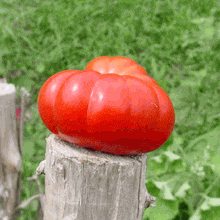
Thomas Jefferson left the most detailed farming records of any of the founding fathers. We know that colonials shared information about farming as well as plants and seeds. Martha Washington made sure fresh vegetables, fruits and berries were generously served from the Mount Vernon garden to visitors. Diaries from guests discuss the wide variety she offered. Mrs. Washington once commented “as vegetable is the best part of our living in the country.” Some of our Founding Fathers liked the garden better than others. Later in life, Benjamin Franklin gave up trying to grow much food instead visiting the local farmer’s market. This is still a great option for us today!
Information for this post came from Thomas Jefferson’s Garden and Farm Books, www.monticello.org, Seed Savers Exchange, and experience. Seeds for these plants can be ordered from a variety of heirloom seed organizations. For more information on growing any type of heirloom vegetables contact your local UGA Extension Agent.
Happy Fourth of July and Happy Gardening!
